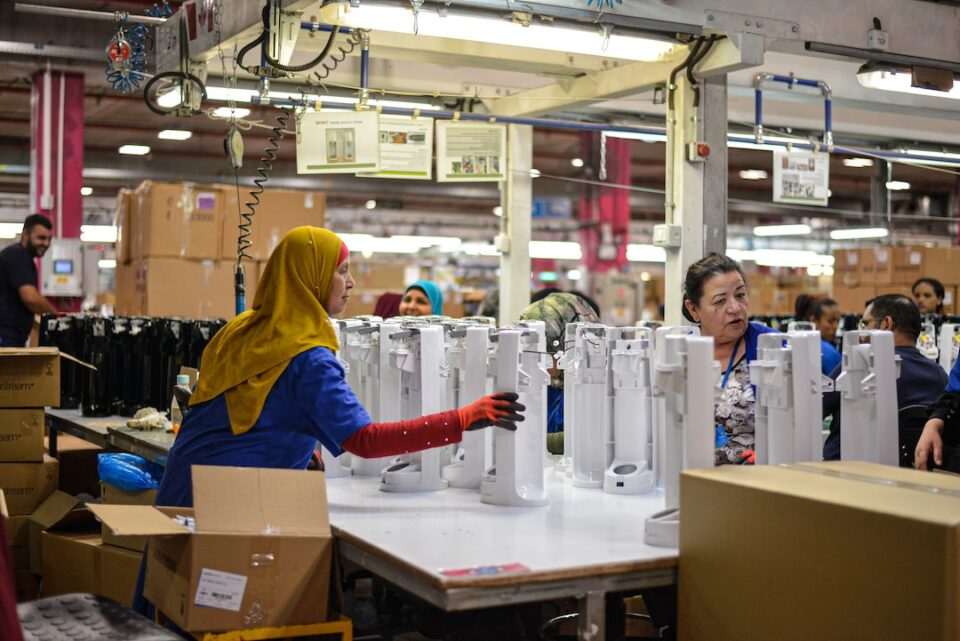In today’s fast-paced manufacturing industry, minimizing downtime is a top priority for businesses aiming to stay competitive. Downtime not only results in lost productivity but also incurs significant costs for repairs and potential revenue loss. Luckily, advancements in technology have given rise to predictive maintenance, a powerful tool that can significantly reduce downtime in manufacturing.
Predictive maintenance (PdM) is a proactive approach to maintenance that relies on data analysis and machine learning algorithms to anticipate equipment failure. By monitoring equipment conditions in real-time, PdM aims to detect potential issues before they cause any significant disruption to production. This allows manufacturers to schedule maintenance activities during planned downtime and maximizes asset utilization.
The traditional approach to maintenance, known as preventive maintenance (PM), is based on predetermined schedules that often result in unnecessary maintenance actions. These actions consume valuable resources and can lead to premature equipment failure due to over-maintenance. Unlike PM, PdM focuses on condition-based maintenance, targeting specific areas that are likely to fail and optimizing maintenance activities accordingly.
One of the key benefits of predictive maintenance is its ability to detect early signs of failure. By leveraging advanced sensors and Internet of Things (IoT) devices, PdM continuously collects data on various parameters like temperature, vibration, and pressure. This data is then analyzed using sophisticated algorithms that can detect patterns and anomalies, allowing technicians to take corrective actions before a failure occurs.
For example, imagine a manufacturing plant that relies heavily on a critical machine for production. Without PdM, the machine’s performance deteriorates gradually over time, eventually resulting in a major breakdown. This unexpected failure would require unscheduled downtime while repairs are being carried out, causing delays and disruptions in production. With PdM in place, abnormalities in the machine’s performance would be detected in real-time, allowing technicians to intervene early and prevent an unplanned shutdown.
Implementing a predictive maintenance program involves several essential steps. Firstly, a thorough analysis of the manufacturing processes and equipment is necessary to identify critical assets and potential failure modes. This analysis provides insights into the key parameters that need monitoring and the associated thresholds that trigger maintenance actions. Additionally, historical data can be used to establish effective models for predicting equipment failures based on specific patterns and trends.
Once the relevant data is collected and analyzed, it is essential to have a robust infrastructure in place to facilitate real-time monitoring and analysis. This typically involves deploying a network of sensors and IoT devices throughout the factory floor, connected to a centralized system capable of processing and interpreting the data. Cloud-based platforms offer scalability and flexibility, enabling manufacturers to access and analyze data from anywhere and make data-driven decisions promptly.
Furthermore, the integration of predictive maintenance with enterprise resource planning (ERP) systems provides a comprehensive overview of the entire manufacturing process. This integration allows manufacturers to correlate data from diverse sources, such as production schedules, maintenance logs, and equipment performance data. By analyzing the combined data, manufacturers gain valuable insights into the relationship between maintenance activities, production schedules, and downtime.
The benefits of implementing predictive maintenance go beyond reducing downtime. By conducting maintenance activities only when necessary, manufacturers can optimize their spare parts inventory, minimizing the costs associated with spare parts procurement and storage. Additionally, the ability to plan maintenance activities in advance ensures that the required resources, such as specialized equipment or skilled technicians, are readily available, further reducing the duration of maintenance activities.
Furthermore, predictive maintenance enhances worker safety by reducing the likelihood of sudden equipment failures. By monitoring equipment conditions and detecting potential failures in advance, manufacturers can identify and address safety risks before they become hazardous. This not only protects workers but also prevents accidents that may cause extensive damage to equipment and further increase downtime.
In conclusion, predictive maintenance plays a crucial role in reducing downtime in the manufacturing industry. By leveraging advanced technologies and data analysis, manufacturers can anticipate equipment failures and take proactive actions to prevent unplanned downtime. By implementing predictive maintenance, manufacturers can significantly improve productivity, decrease repair costs, optimize spare parts inventory, and increase worker safety. As the manufacturing industry continues to evolve, predictive maintenance will become an indispensable tool for all businesses striving to stay ahead in a competitive landscape.

